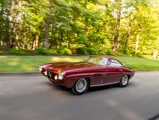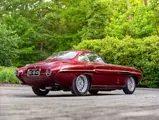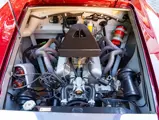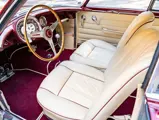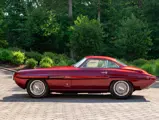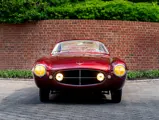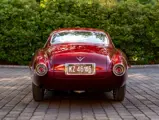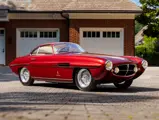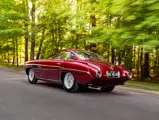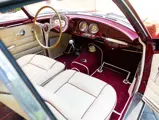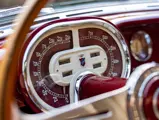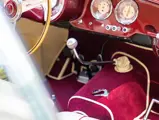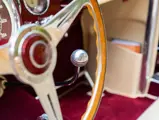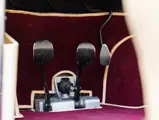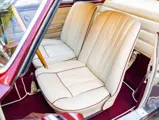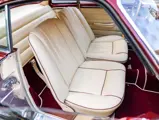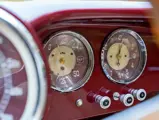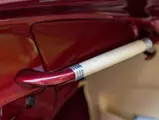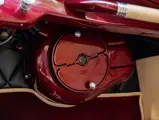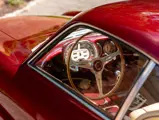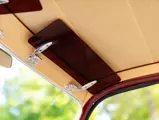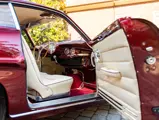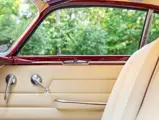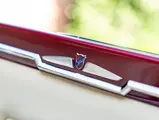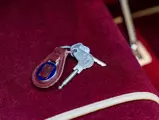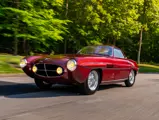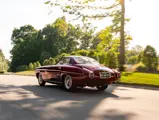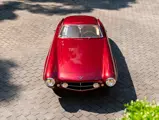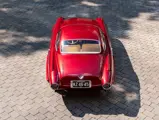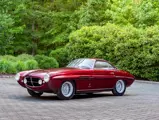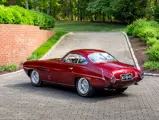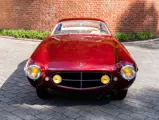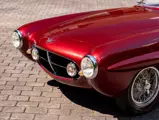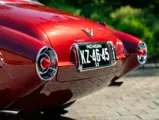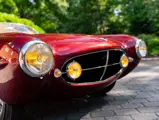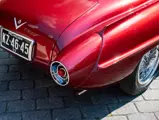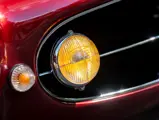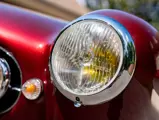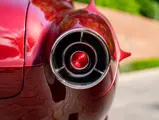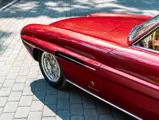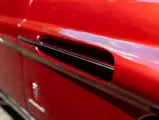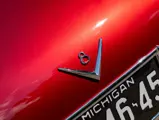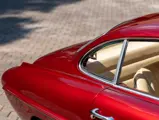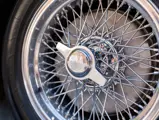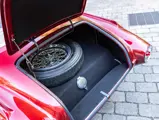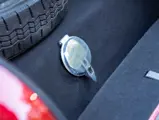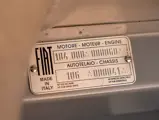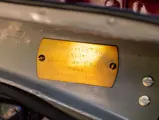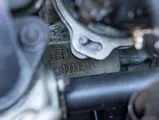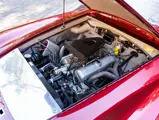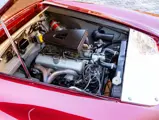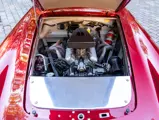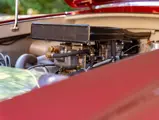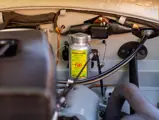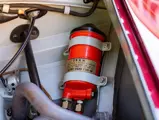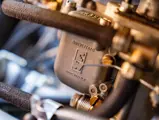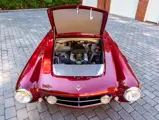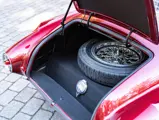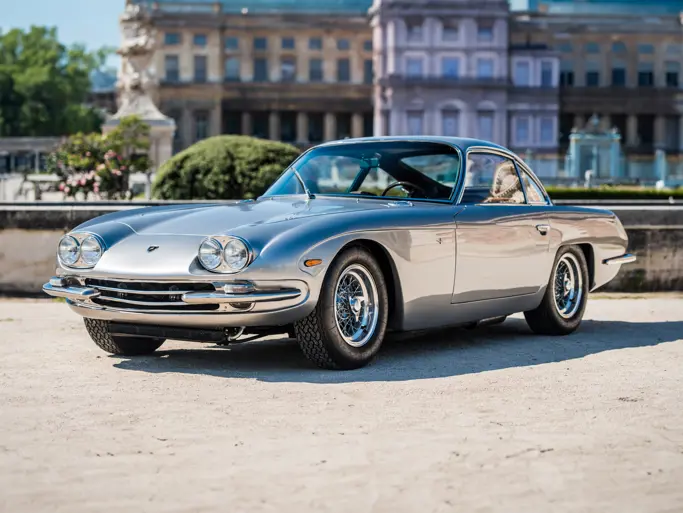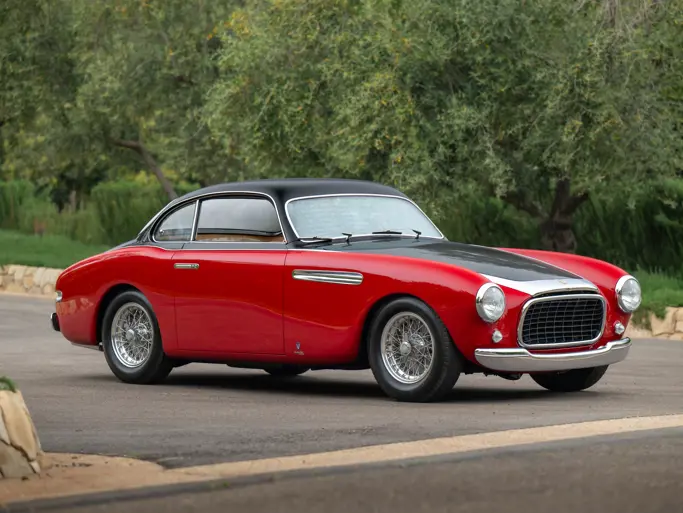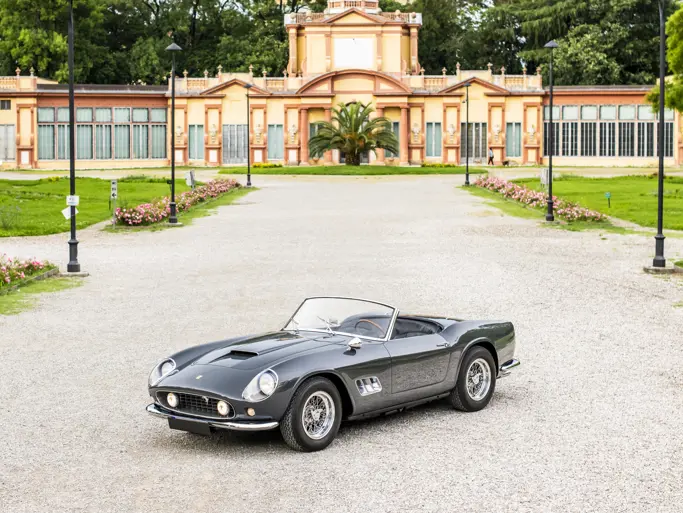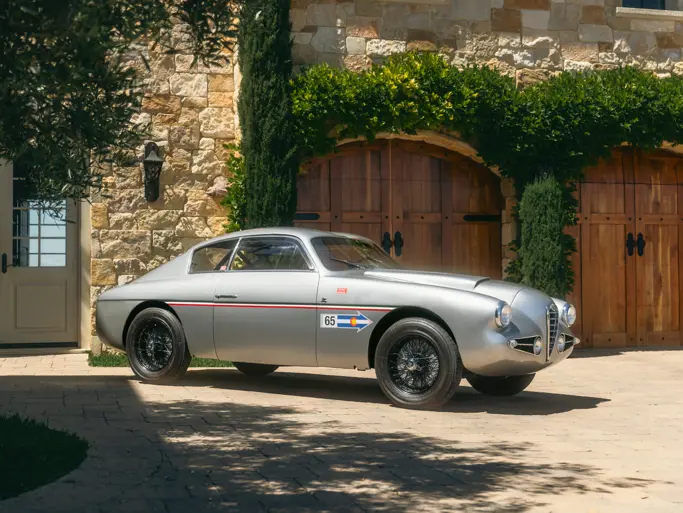Monterey 2024
1953 Fiat 8V Supersonic by Ghia
{{lr.item.text}}
 | Monterey, California
| Monterey, California
{{internetCurrentBid}}
{{internetTimeLeft}}

- Delivered new to Henry S. Lauve, famed GM designer under Harley Earl
- One of only 14 Ghia Supersonics built on the Fiat 8V chassis
- Cherished by the Lauve family until 1991, a remarkable period of long-term ownership
- Benefits from a beautiful and well-maintained older restoration; ideal for exhibition or touring events
- Accompanied by an incredible trove of historical documentation, photographs, and period correspondence with Ghia and Fiat, as well as Harley Earl
A DETROIT DESIGNER’S DREAM
To bring us the cars of our dreams, automotive designers cast their gaze into the future, seeking to predict the next big styling trend—or to invent it. It is always interesting, then, to learn what machines these designers choose as their personal vehicles.
Henry de Ségur Lauve, born in New Jersey in 1910, spent his formative years in Europe; by the 1930s, he was working in France as a designer and illustrator for the fashion industry. His career trajectory shifted when, in the late 1930s, he was hired by General Motors, reportedly after interviewing with eventual GM head of design Bill Mitchell. Of course, this meant that Lauve would work under design titan Harley Earl in the pivotal years following World War II—an era in which the American automotive industry was at the height of its power and prestige, when style was evolving at a breakneck pace. By the mid-1950s, Lauve was chief designer of GM’s Interior Design Studio.
What did Lauve park in the garage of his Art Deco home in fashionable Grosse Pointe Woods, Michigan? The answer was no less than the Fiat 8V Supersonic offered here, one of just 14 to wear this stunning Jet Age bodywork by Giovanni Savonuzzi.
Even without a body, the Fiat 8V was a mechanical masterpiece. Dubbed the “biggest surprise of the year” by Road & Track upon its introduction in 1952, the 8V was a shock coming from a company better-known, at least in the post-war era, for its affordable people’s cars. Featuring an advanced overhead-valve light alloy V-8 engine, Siata-fabricated chassis, and four-wheel independent suspension, Fiat always intended the 8V to be a “halo” offering aimed at privateer racers; 8Vs typically wore relatively simple bodywork that fit right in on a racing circuit.
Ghia, however, had other visions for this sophisticated chassis, and it is easy to see why Lauve was smitten with Savonuzzi’s glamorous Supersonic: It captured the sky’s-the-limit energy and optimism of the GM concepts with which Lauve worked in his day job, yet it had an exotic flair that no doubt appealed to his Continental sensibilities. After witnessing the debut of Supersonic at the 1953 Paris Auto Show, Lauve quickly determined that he needed one of his own. Correspondence on with Ghia notes that, by November of that year, this very car—wearing a white exterior with a blue interior—was en route to America aboard the SS Constitution.
A follow-up letter from Ghia confirmed Lauve’s receipt of the car and designated Paul Farago as Lauve’s point of contact for any future mechanical necessities. Farago was a Detroit-area designer, a mechanic and engineer, a gentleman racer, and also acted as a key go-between for Chrysler and Carrozzeria Ghia during Chrysler’s important Virgil Exner years. He recognized the significance of the Fiat 8V Supersonic and imported an example of his own.
A TRANSATLANTIC TRANSPLANT
Farago’s assistance would become invaluable in 1954 when, after 9,000 kilometers of driving, Lauve’s 8V developed seemingly insurmountable engine issues. Fascinating correspondence between Lauve and Enrico Minola, a key engineer at Fiat, reveals that the automaker only intended its high-strung, high-maintenance 8V to be used by amateur racing drivers. That Ghia decided to fit a luxurious coupe body to the chassis, and that Lauve had pressed his Supersonic into daily driving duties, was apparently contrary to purpose!
Fiat nevertheless agreed to supply a new engine, number 000188, and its ancillary components, on the condition that Mr. Lauve return the original engine, number 000039. Interestingly, that engine was never returned to Fiat and was subsequently fitted to another 8V Supersonic. Although this new engine was dispatched fairly quickly, installation did not go smoothly. A letter on file from September 1956 indicates that the Fiat was still in the shop due in part to a poorly fitting exhaust system.
Here, Harley Earl came to the rescue, and helped Lauve source and install (using Chevrolet personnel) a 283-cubic-inch Chevrolet V-8 engine. In a letter dated 17 January 1957, penned while this work was in progress, Earl wrote that “It is a cute little automobile and I would like it to be finished so that you can get a kick out of it.” Later, Earl took a not-so-subtle shot at Fiat’s engineering, writing that “Inasmuch as you have the Corvette engine I do not think you will have the headaches that might go along with the foreign type.” This period, in which Lauve’s little Italian Supersonic sported an American heart, was later recalled by GM designer Robert Cumberford, who enjoyed many memorable high-speed rides in it through the Detroit suburbs.
THE LAUVE SUPERSONIC’S NEXT CHAPTERS
Engine troubles could not shake Lauve’s love for his Supersonic, and he and his family maintained it faithfully longer than almost any other original 8V owner. During their tenure it was refinished in silver, as featured in Tony Adriaensens’s book Otto Vu. It was finally sold by the Lauves in 1991 and was later owned in 1994 by Erik Nielsen of California. The car was subsequently restored in this rich garnet-over-tan combination, with a correct 8V engine, no. 000060, tucked under the hood. The work was beautifully detailed, with the color showing off the elaborate curves of the body and fabulous touches such as smoked glass sun visors and Borrani chrome wire wheels. Following this restoration, it was displayed at the 2005 Pebble Beach Concours d’Elegance. A decade later, it was exhibited at the 2015 Kuwait Concours d’Elegance.
After long-term ownership in a prominent Swiss collection, the Supersonic entered a large private collection in America, where it was displayed alongside two other superlative 8Vs; it was acquired by present ownership in 2020. In 2023, it won the Design Award at the Audrain Newport Concours, having been judged by Chip Foose and designers Mike Simcoe (Cadillac) and Ralph Gillies (Fiat Chrysler/Stellantis). It would certainly be suitable for either enjoying on vintage rallies, such as the California Mille, Colorado Grand, or even the Mille Miglia, but could also be lightly freshened for happy exhibition at further shows and concours.
The Fiat 8V was always an exclusive automobile, and by design, they were typically purchased new by interesting individuals who led exciting lives. This is particularly true of the exclusive Ghia-bodied Supersonics.
But there is something very special about this 8V Supersonic. Acquired new by a respected GM designer from the Detroit auto industry’s most dynamic era—and backed by a trove of documentation, including correspondence with the legendary Harley Earl—the Henry S. Lauve Supersonic was, is, and will continue to be a design masterwork, worthy of admiration by its fortunate next caretaker.

